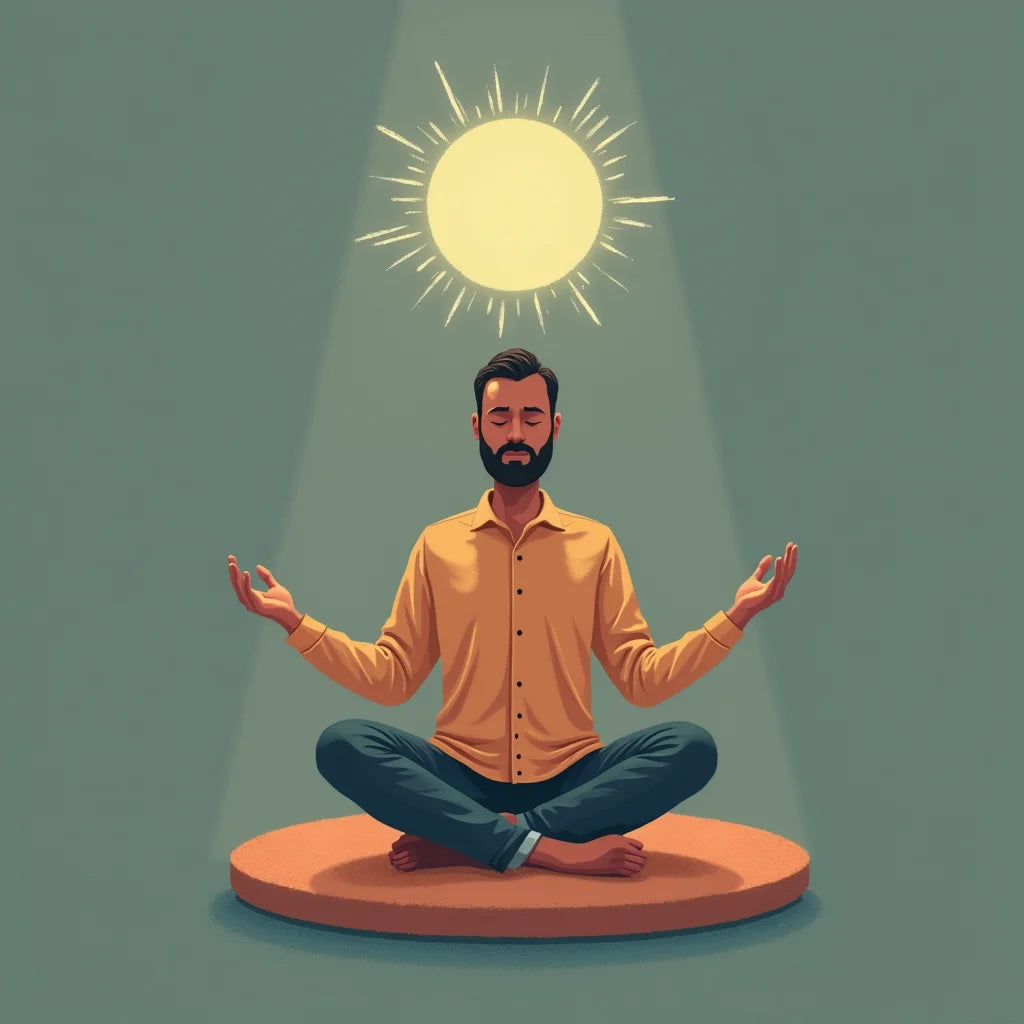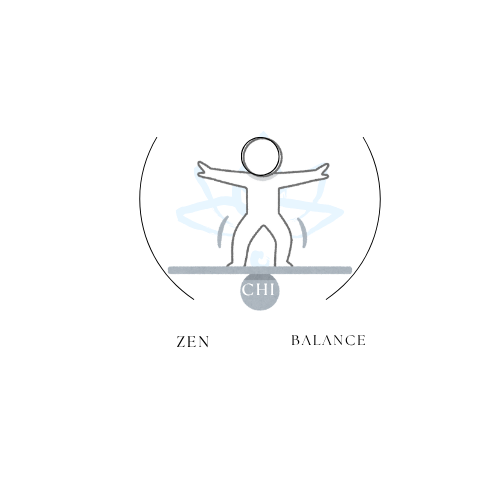
Mindfulness That Sharpens Attention Mood and Memory
Share
Updated on: 2025-10-26
Mindfulness table of contents
- Mindfulness introduction with present-moment awareness
- Did you know? Mindfulness facts and mindful awareness highlights
- Expert tips for mindfulness and present-moment awareness
- How beginners start a daily mindfulness practice
- Mindfulness at work: gentle ways to stay present
- Guided mindfulness meditation for sleep: a calm approach
- Mindfulness-based stress reduction explained in simple terms
- A personal anecdote on mindfulness in daily routines
- Summary and takeaways on mindfulness
- Mindfulness questions and answers
Mindfulness introduction with present-moment awareness
Mindfulness is a gentle way of paying attention to what is here right now. It invites present-moment awareness, or noticing sensations, thoughts, and feelings with kind curiosity. Many people describe mindful awareness as a soft focus that makes space for whatever is happening, without needing to push it away or hold on to it. This guide offers simple, practical steps that fit into everyday life, along with ideas for meditation, an overview of mindfulness-based stress reduction, and suggestions that may feel supportive at work and before sleep.
Rather than a specific belief system, mindfulness is a learnable skill. With a few minutes of steady attention, a comfortable posture, and a willingness to observe, you may find a little more ease in routine moments. The approach here is friendly and flexible so you can adapt it to your needs and preferences.
Did you know? Mindfulness facts and mindful awareness highlights
- Mindfulness is not about stopping thoughts. It is about noticing them and returning your attention with care.
- Present-moment awareness can happen with eyes open or closed, sitting or walking, and with everyday activities like drinking tea.
- Short, regular moments often feel easier to maintain than long, occasional sessions.
- Many people find mindful awareness helpful at work meetings, during commutes, or while transitioning between tasks.
- Some prefer a guided mindfulness meditation for sleep to ease into a calm evening routine.
Expert tips for mindfulness and present-moment awareness
- Pick a small window. Two to five minutes can be an approachable start.
- Choose a gentle anchor. Breath, sounds, or contact points (like feet on the floor) work well for many people.
- Use a simple cue. A calendar reminder or a sticky note by your desk can prompt mindful awareness during the day.
- Welcome wandering. When the mind drifts, note it kindly and return to your anchor.
- Keep posture comfortable. A stable seat or supportive chair often helps the body settle.
- Create a soft landing. A short exhale or a kind phrase like “Here, now” can signal a reset.
- Close with gratitude. A brief acknowledgment—“Thank you for this pause”—can reinforce the habit.
How beginners start a daily mindfulness practice
The question “How do beginners start a daily mindfulness practice?” is common. The steps below offer a simple path that many people find manageable. Please adapt them so they feel supportive and respectful of your day.
- Set a tiny time frame: Choose two to five minutes once or twice a day. Consistency often feels easier than intensity.
- Pick your anchor: Breath is a common anchor, but you may prefer sounds, body sensations, or a visual point.
- Settle your posture: Sit or stand with a comfortable, upright position, or lie down if that feels more accessible.
- Notice, name, return: When attention wanders, softly note “thinking” or “feeling,” then return to your anchor.
- Close with one breath: Take a steady inhale and a longer exhale to mark the end.
- Track gently: A brief note in a journal or an app can help you observe patterns without pressure.
If you wish to explore more reflections, the Blog may offer additional guides and prompts you can adapt to your routine.
Mindfulness at work: gentle ways to stay present
Many people ask how to practice mindfulness at work without disrupting tasks or schedules. Small, respectful pauses often fit best. Consider these ideas.
- Transition breaths: Before opening email or joining a meeting, take two attentive breaths. Let your shoulders relax on the exhale.
- Single-task islands: For five minutes, focus on one task. When interruptions arise, return kindly and continue.
- Micro-walks: On the way to refill water, notice one sensation—the temperature of the cup or the feeling in your feet.
- Meeting arrival: Before speaking, pause a moment to feel your seat and feet. This can support a steady tone.
- End-of-day review: Name one thing that went well and one thing you learned. This can close the day with balance.
It may also feel helpful to share your approach with a colleague so you can support each other with gentle reminders.
Guided mindfulness meditation for sleep: a calm approach
Evening routines can be a good time for a guided mindfulness meditation for sleep. A short practice may offer a steady rhythm to wind down. If you wish to try, consider this simple sequence.
- Dim lights and lower screen brightness.
- Lie down or sit in a comfortable position with support for your head and neck.
- Rest attention on the breath or a calming phrase. If you prefer, notice sounds fading and returning.
- When thoughts arise, acknowledge them gently and invite attention back to the anchor.
- Close the practice by noticing three points of contact—head, shoulders, and legs—before turning to rest.
If learning more about our approach helps, you may enjoy the About us page for a friendly overview of values and practices.
Mindfulness-based stress reduction explained in simple terms
Mindfulness-based stress reduction, often abbreviated as MBSR, is a structured program that introduces mindfulness through guided practices, gentle movement, and reflective exercises. It typically includes regular home practice and group sessions. Many people appreciate MBSR for its clear framework and supportive environment.
While MBSR includes the phrase “stress reduction” in its name, the emphasis in daily practice often remains steady: showing up, noticing, and returning. If you are considering a program, it may be helpful to look for a supportive schedule, clear guidance, and a considerate pace that respects your needs.
A personal anecdote on mindfulness in daily routines
On a busy afternoon, I noticed my shoulders tensing as my to-do list grew. Instead of pushing through, I paused and placed both feet firmly on the floor. I took three slow breaths and felt the chair supporting me. The list did not change, yet the experience of it softened. I moved to the next task with a little more steadiness. That small shift reminded me that mindfulness is less about doing more and more about meeting each moment with kind awareness.
Summary and takeaways on mindfulness
- Mindfulness is a gentle, practical way to cultivate present-moment awareness.
- Short, regular practice often feels easier to maintain than long sessions.
- Anchors like breath, sounds, or body sensations can help attention return with care.
- Simple workplace pauses and calm evening routines can support mindful awareness.
- MBSR offers a structured path that many find clear and approachable.
- Your practice can be kind, flexible, and respectful of your day.
If you would like to continue exploring, the Home page offers a simple starting point, and you can reach out through Contact if you have questions or feedback to share.
Mindfulness questions and answers
What is mindfulness and how does it work?
Mindfulness is the practice of paying attention to the present moment with openness and curiosity. It “works” by inviting you to notice what is happening—thoughts, feelings, and sensations—while returning attention to a chosen anchor, such as the breath or sounds. Over time, this gentle repetition can support steadier attention and a more balanced way of relating to everyday experiences.
How do beginners start a daily mindfulness practice?
A simple path is to choose a tiny time frame, pick a comfortable anchor, and return your attention whenever it wanders. Two to five minutes a day can be a kind beginning. You might also track your sessions with brief notes to observe patterns and encourage consistency.
How long should a mindfulness session last?
Many people find that short, regular sessions feel sustainable. A few minutes can be enough to settle attention and build a reliable rhythm. If you feel comfortable, you can gradually extend the time while keeping the tone gentle and respectful.
Is mindfulness the same as meditation?
Mindfulness and meditation are closely related. Meditation is a broader term for many practices that train attention, while mindfulness is a specific way of paying attention with openness and care. You can practice mindfulness during formal meditation or in everyday moments like walking, eating, or listening.

I'm a passionate curator at Zen Chi Balance, dedicated to spreading calm, harmony, and mindful living through faith-inspired lifestyle products. I help craft meaningful experiences for our global community of mindful shoppers.
The content provided is for informational and inspirational purposes only. It is intended to encourage personal growth, mindfulness, and balance in daily life. Zen Chi Balance does not provide medical, legal, or professional advice. For specific concerns or guidance, please consult a qualified professional. Visit us at www.zenchibalance.com for more inspiration and resources.
